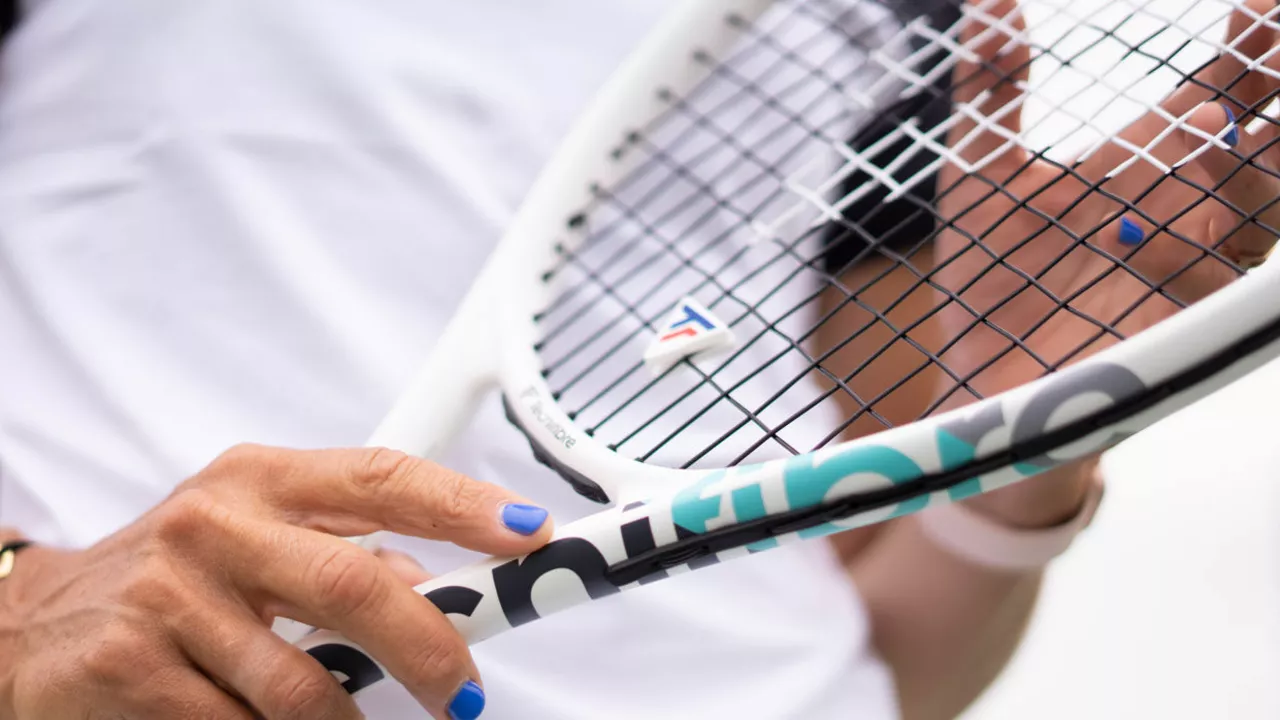Understanding Your Tennis Racket Needs
The first step to finding the perfect tennis racket is understanding your own needs as a player. Are you a beginner or have you been playing for a while? Your skill level impacts the type of racket that will suit you best. Beginners might prefer a bigger head size for a larger sweet spot, while experienced players might opt for a smaller head for more precise control.
It's also important to consider your physical strength and fitness level. Tennis is a physically demanding sport and the weight of your racket can significantly impact your performance. A lighter racket might be easier to handle, but a heavier one can deliver more power. It's crucial to find a balance that works for you.
Choosing the Right Racket Size and Weight
The tennis racket’s size and weight can significantly influence your game. If you’re new to the game, you might want to start with a larger head size and a lighter weight. The larger head size will give you a bigger sweet spot, making it easier to hit the ball. The lighter weight, on the other hand, will make it easier for you to swing the racket.
As you gain more experience and improve your skills, you might want to switch to a racket with a smaller head size and a heavier weight. The smaller head size will give you more control over your shots, and the heavier weight will provide more power. But remember, don't rush this transition. It's important to gradually adjust to a new racket size and weight to prevent injuries and improve your performance over time.
Examining Racket Materials and Construction
Not all tennis rackets are created equal. The materials used in the construction of a tennis racket can affect its performance. Most rackets are made of graphite because it's lightweight yet strong. But there are also rackets made of aluminum and titanium, which are heavier but also more durable.
The construction of the racket also matters. Some tennis rackets are made from a single piece of material, while others have separate heads and handles. The latter type is usually more flexible, which can enhance your feel for the ball. But they can also be more difficult to control, so consider your skill and comfort level before choosing.
The Significance of String Patterns
Many players overlook the importance of string patterns, but they can influence the performance of your racket. A dense string pattern provides more control and durability, while an open string pattern gives more power and spin. Your playing style will dictate which one suits you best. If you're a power player who likes to hit hard, an open string pattern might be for you. If you're more of a control player who prefers precision shots, a dense string pattern might be a better fit.
Don't be afraid to experiment with different string patterns. You might find that a change in string pattern can significantly improve your game. Just remember to give yourself time to adjust to the new feel of the racket.
Trying Before Buying
Finally, the best way to find the perfect tennis racket is to try before you buy. Many sports stores and tennis clubs allow you to rent or demo different rackets. This can be a great way to test out a variety of rackets and find the one that feels right in your hand and complements your playing style.
Don't rush this process. Take your time and play with each racket for a while. Pay attention to how it feels when you hit the ball, and how it affects your serve and return. Remember, the best tennis racket for you is the one that feels the most comfortable and enhances your performance on the court.
